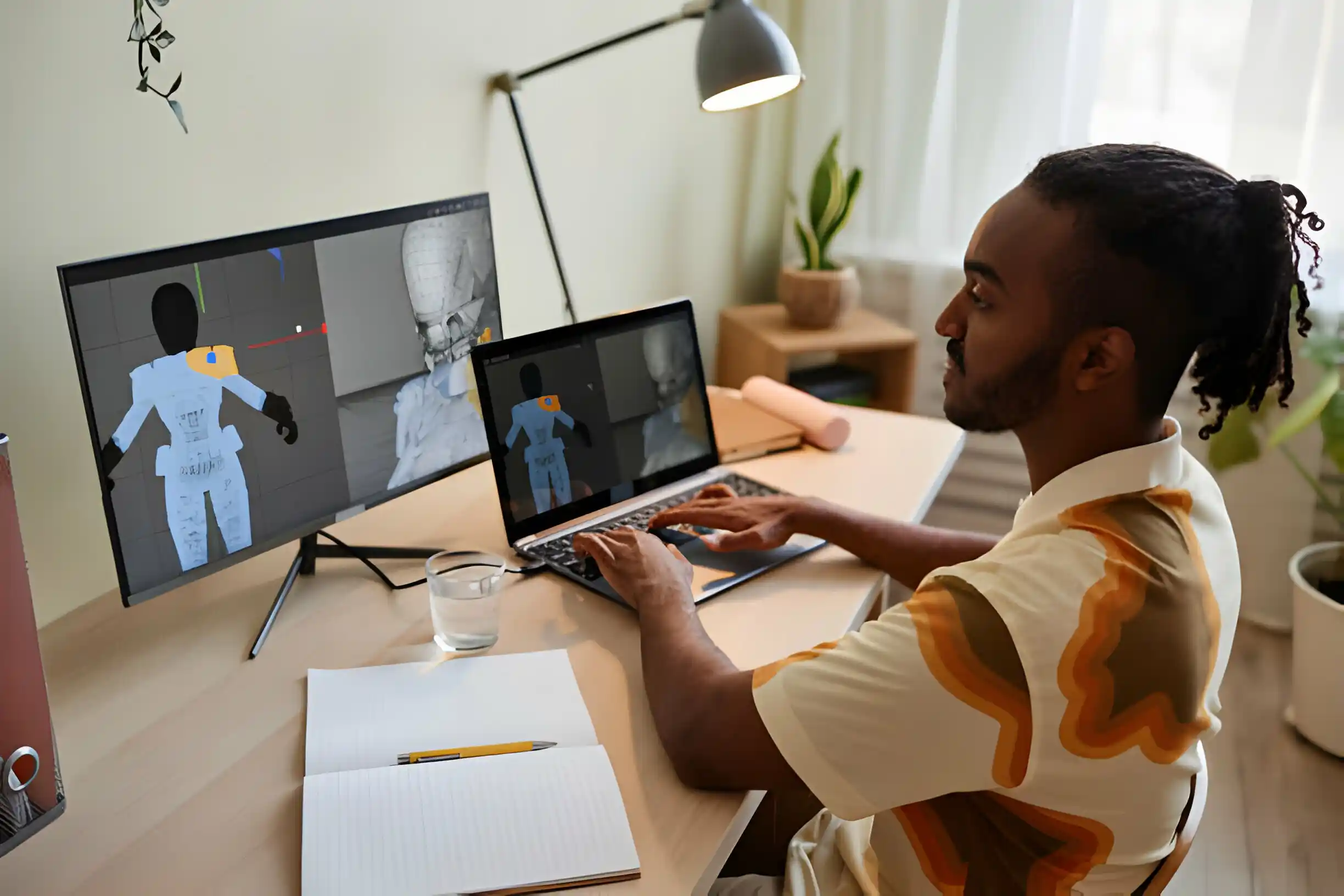Animation and VFX (Visual Effects) are dynamic and creative fields that involve the use of technology to bring visuals to life in various forms, including films, television, games, and interactive media. Let’s delve into both concepts:
Animation: Animation is the process of creating the illusion of motion through a rapid display of a sequence of static images. These images, called frames, are played in succession to create the illusion of movement. There are various forms of animation, including:
- Traditional Animation: Hand-drawn or frame-by-frame animation, where each frame is created manually.
- Computer Animation: Involves the use of computers to generate animated imagery. This includes 2D animation, 3D animation, and computer-generated imagery (CGI).
- Stop Motion Animation: Involves photographing physical objects frame by frame to create motion when played in sequence.
- Motion Graphics: Animated graphic design elements often used in multimedia projects, advertisements, and user interfaces.
VFX (Visual Effects): VFX refers to the integration of live-action footage with computer-generated imagery to create realistic and fantastic visuals that would be challenging or impossible to capture during live shooting. Key aspects of VFX include:
- Compositing: Combining visual elements from different sources into a single scene. This includes green screen keying and layering CGI onto live-action footage.
- Matte Painting: Creating realistic backgrounds or environments that would be too expensive or impractical to build or visit.
- CGI (Computer-Generated Imagery): The creation of digital assets and environments to seamlessly blend with live-action footage.
- Simulation: Simulating natural phenomena such as fire, water, smoke, and explosions to enhance the realism of scenes.
- Motion Tracking: Matching the movement of CGI elements with the live-action footage for a cohesive blend.
Industry Tools: Both animation and VFX rely on specialized software tools. Examples include Autodesk Maya, Blender, Adobe After Effects, and Houdini for 3D animation and VFX, as well as tools like Toon Boom Harmony for 2D animation.
Career Opportunities: Professionals in these fields can pursue careers in animation studios, film production companies, game development studios, advertising agencies, and more. Roles include animators, VFX artists, compositors, modelers, riggers, and technical directors.
As technology advances, the boundaries between animation and VFX continue to blur, leading to more seamless and breathtaking visual storytelling in the entertainment industry.
